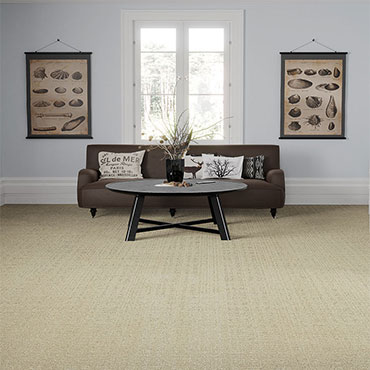Patterned Carpet

Embracing Elegance and Comfort: The Allure of Patterned Carpet for Homeowners
In the realm of home decor, the selection of floor covering plays a pivotal role in defining the ambiance and aesthetic appeal of a space. Among the myriad options, patterned carpet stands out as a choice that combines elegance, comfort, and a unique ability to transform a room. For consumers and homeowners looking to infuse their living spaces with a blend of style, warmth, and personality, patterned carpets offer an ideal solution.
Understanding Patterned Carpet
Patterned carpet is a type of
carpeting that features repeating designs, motifs, or textures. These patterns can range from subtle and understated to bold and striking. Made from various materials like wool, nylon, polyester, or a blend, these carpets are designed to not only be visually appealing but also durable and comfortable.
The Aesthetic Appeal
One of the primary advantages of patterned carpets is their aesthetic versatility. They can complement a wide range of interior designs - from classic and traditional to modern and contemporary. Patterns like geometrical shapes, floral designs, abstract prints, and even Oriental or Persian motifs offer endless possibilities for homeowners to express their personal style.
Practical Benefits
Beyond their beauty, patterned carpets offer several practical benefits:
- Durability: Patterns, especially those with multiple colors, can effectively conceal stains and wear, making these carpets a practical choice for high-traffic areas.
- Comfort: The dense weave of most patterned carpets provides a cushioned feel underfoot, enhancing comfort in living spaces and bedrooms.
- Noise Reduction: Carpets are known for their sound-dampening qualities, and patterned carpets are no exception. They can significantly reduce noise levels, creating a quieter, more serene home environment.
Choosing the Right Patterned Carpet
When shopping for a patterned carpet, homeowners should consider several factors:
- Room Size and Lighting: The size and lighting of a room can greatly influence how a patterned carpet looks. Larger, bolder patterns tend to work well in spacious rooms with ample light, while smaller patterns are better suited for smaller spaces.
- Color Scheme: It's important to choose a carpet that complements the existing color palette of the room. Neutral patterns can add texture without overwhelming the space, while vibrant patterns can become a focal point.
- Material and Maintenance: The choice of material affects the carpet's feel, durability, and maintenance requirements. Wool, for instance, is soft and durable but can be more expensive and require more care than synthetic options.
- Lifestyle Considerations: Homes with pets, children, or high foot traffic should opt for patterns and materials that are more forgiving and easier to clean.
Installation and Care
Proper installation and maintenance are crucial for the longevity of patterned carpets. It's recommended to hire professional installers to ensure that patterns align correctly, especially in rooms with irregular shapes or multiple angles. Regular vacuuming, immediate stain treatment, and periodic professional cleaning can help maintain the carpet's appearance and extend its lifespan.
The Eco-Friendly Aspect
Many manufacturers are now offering eco-friendly options in patterned carpets, made from recycled or sustainable materials. These options are not only beneficial for the environment but also offer the same level of comfort and style as their traditional counterparts.
Conclusion
Patterned carpet is a versatile and practical choice for homeowners seeking to enhance the comfort and elegance of their living spaces. With its wide range of designs, materials, and benefits, it offers an opportunity to make a unique style statement while ensuring practicality and comfort. By considering factors like room size, color scheme, material, and lifestyle needs, consumers can find the perfect patterned carpet to elevate their home decor.
Disclaimer: The information provided in this article is for general informational purposes only. While we strive to ensure the accuracy and reliability of the information presented, we make no warranties, express or implied, about the completeness, accuracy, reliability, suitability, or availability with respect to the content. Any reliance you place on such information is strictly at your own risk. We recommend consulting with professionals for specific advice tailored to your project’s needs, particularly regarding building codes, regulations, and product specifications.
Under no circumstances shall we be liable for any loss or damage, including without limitation, indirect or consequential loss or damage, arising from the use of, or reliance on, the information provided in this article.







